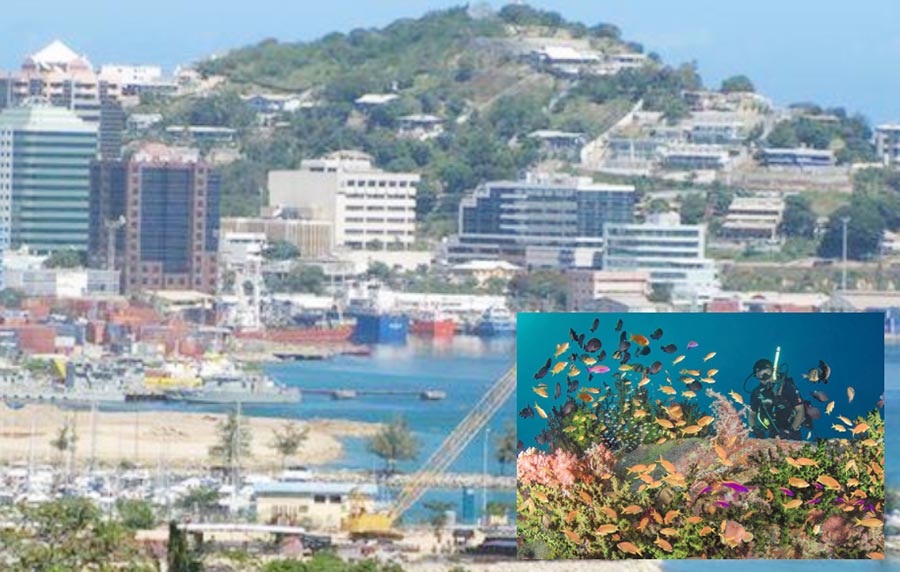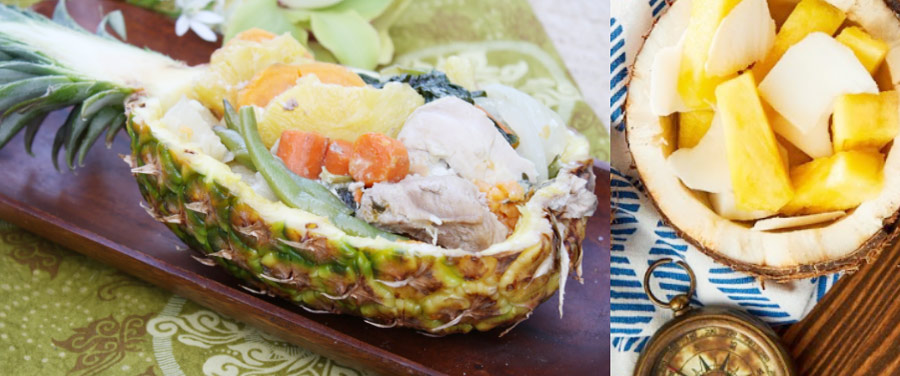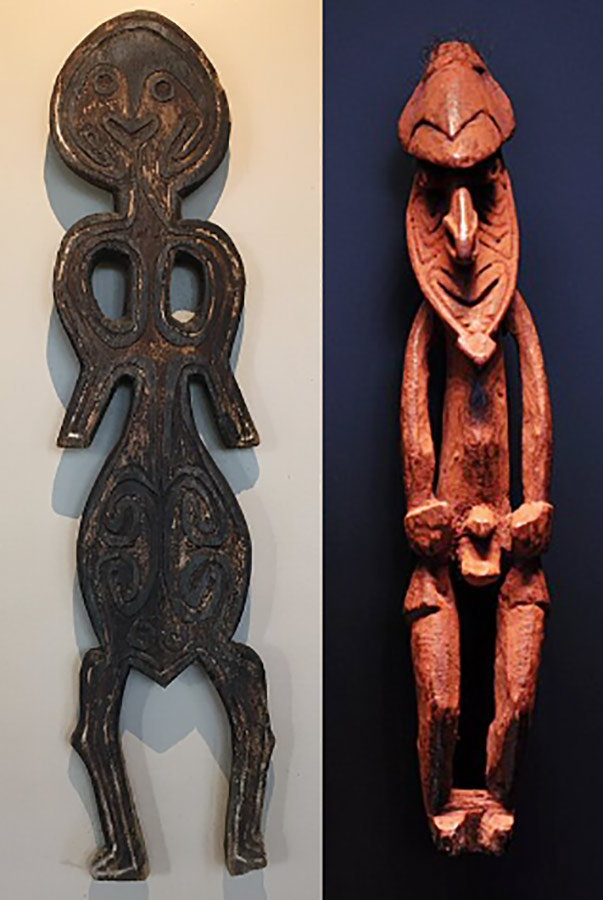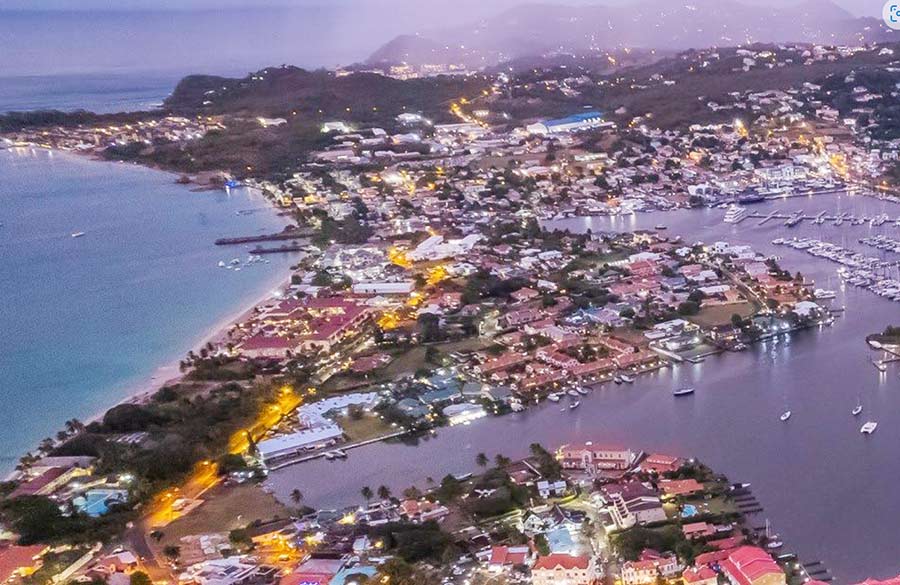PORT MORESBY, bejeweled at night.
Richly endowed with natural resources, including mineral and renewable resources, such as forests and marine resources that include a large portion of the world’s major tuna stocks, Papua New Guinea (PNG) is believed to be the home of many undocumented species of plants and animals. It is a country blessed by nature and enriched by a culture that celebrates nature as well.
The Independent State of Papua New Guinea celebrates Independence Day every September 16, the official federal holiday commemorating Papua New Guinea’s independence from Australia. A Commonwealth country, PNG adopted a monarch system with King Charles III as monarch, or the King of Papua New Guinea. The monarch is represented by the Governor-General of Papua New Guinea, a position currently held by Bob Dadae.
With 840 known languages of PNG (including English), the country is considered as the most linguistically diverse country in the world. It is also one of the most rural countries, with only 13.25% of its population living in urban centers in 2019. Most of its people live in customary communities. According to official estimates the country’s population is 9.4 million, it was reported in December 2022 that its population was in fact closer to 17 million, making Papua New Guinea the most populous Pacific island country.
The International Monetary Fund has classified Papua New Guinea as a developing economy. Subsistence farmers, which make up nearly 40% of the population and are part of traditional social groupings explicitly acknowledged by the Papua New Guinea Constitution, which hopes that traditional villages and communities should remain as viable units of Papua New Guinean society. The Constitution protects their continuing importance to local and national community life.
Agriculture, for subsistence and cash crops, provides a livelihood for 85% of the population providing about 30% of GDP.
Mineral deposits, including gold, oil, and copper, account for 72% of export earnings. Palm oil production has grown steadily over recent years and is now the main agricultural export together with coffee. Coffee remains the major export crop, followed by cocoa and coconut oil/copra, tea and rubber.
PNG’s real GDP growth rate was 3.8% as of 2019. This economic growth has been primarily attributed to strong commodity prices, particularly mineral and agricultural. The high demand for mineral products was largely sustained even during the crisis by the resilient Asian markets, and the booming mining sector together with the construction phase for natural gas exploration, production, and exportation in liquefied form. Papua New Guinea adopted the National Vision 2050 in 2009, leading to the establishment of the Research, Science and Technology Council. The Council has re-emphasized the need to focus on sustainable development through science and technology.
According to Thomson Reuters’ Web of Science, Papua New Guinea had the largest number of publications (110) among Pacific Island states in 2014, followed by Fiji (106). Nine out of ten scientific publications from Papua New Guinea focused on immunology, genetics, biotechnology and microbiology. Nine out of ten were also co-authored by scientists from other countries, mainly Australia, the United States of America, the United Kingdom, Spain and Switzerland.
Papua New Guinea is home to numerous people from other parts of the world including Chinese, Europeans, Australians, and people in the Austronesian family such as Indonesians, Filipinos, Polynesians, and Micronesians. According to World Bank data, about 0.3% of the Papua New Guinean population is made up of international migrants as of 2015.

The Papua New Guinea flag is an embodiment of the nation’s identity and heritage. The flag is divided diagonally from the upper hoist side corner. The upper triangle is red and in the middle, a soaring yellow bird of paradise, an emblem of regional tribal culture and represents the rise of Papua New Guinea as a nation. The bird of paradise is also found in the national coat of arms. The lower triangle is black with five, white, five-point stars of the Southern Cross constellation, visible from the country, symbolizing Papua New Guinea’s connection with Australia and other countries in the South Pacific. The colors of the flag represent Melanesian culture, the sun’s radiance, friendship and strength. These have been traditionally the colors of the tribes. Black, white and red are also the colors of the German Empire, a former colonizer of Papua New Guinea.
Port Moresby
Port Moresby is the capital city of Papua New Guinea and the principal international gateway into the country. Its spectacular location on a headland facing out into the Gulf of Papua, draws much interest from among many expats and the well-to-do.

(Inset) Port Moresby is also known for its diving spots which have been attracting not only the expat community but international enthusiasts as well.
POM, as it is often described locally, is the largest city in the South Pacific with a population of around 350,000.
Food
MUMU (left photo) is the national dish of Papua New Guinea. A slow-cooked assortment of fruits, vegetables, root crops, and meat, Mumu is also referred to as a method of cooking in Papua New Guinea where a makeshift outdoor oven is created using hot stones. All of the ingredients are layered in the pot and slow-cooked until everything is tender. Mumu is traditionally eaten with the hands.

TALATU (right photo) is a traditional Papuan dessert that is prepared using shredded coconut flesh, pineapple pieces, sugar, lemon juice and coconut milk. All these ingredients are mixed in a bowl and then consumed, ideally in coconut shells.
Bioma
Bioma figures are wood-carved figures from Papua New Guinea that have human forms but represent the spirit of animals, particularly those of wild pigs killed in organized hunts. The pictured work on the left was created by Subhashish Panigrahi.

Fire Dancers of the Baining Tribe
The people of the Baining Mountains create art forms that have a very ephemeral existence. One of these is the dance mask which is laboriously made from bark cloth, bamboo and leaves and used just once for the firedance ceremony before being thrown away or destroyed. The origin of these firedance ceremonies was to celebrate the birth of new children, the commencement of harvests, and also a way of remembering the dead. The Baining fire dance is also a right of passage for initiating young men into adulthood. A totally male event, the fire dance traditionally does not include the Baining women and children.






